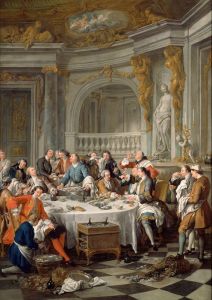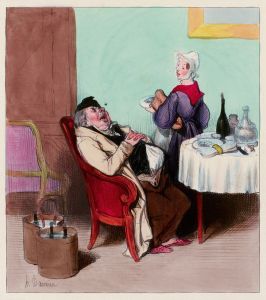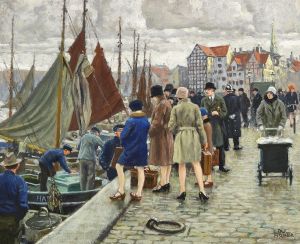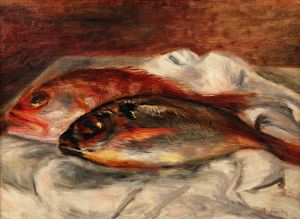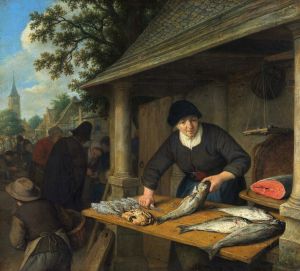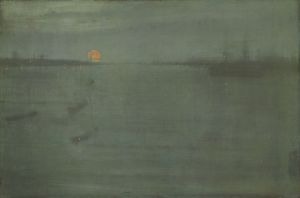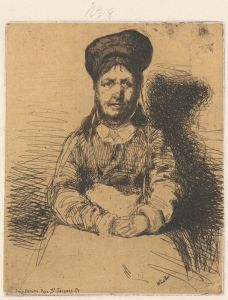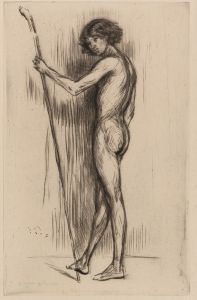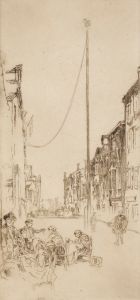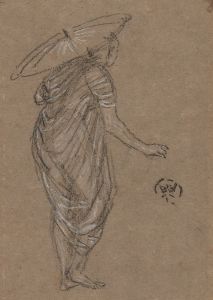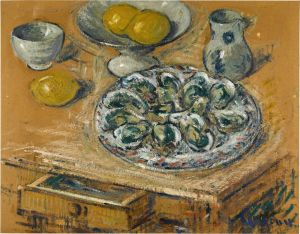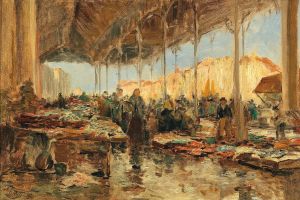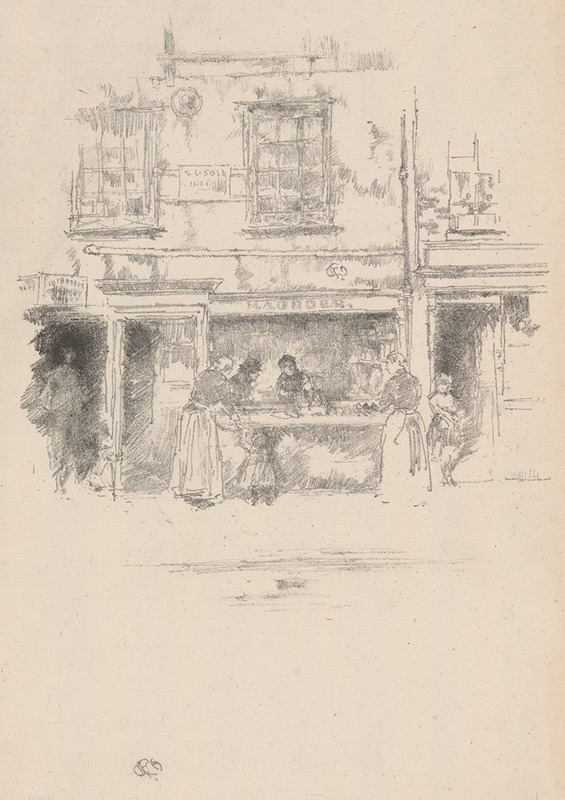
Maunder’s Fish Shop
A hand-painted replica of James Abbott McNeill Whistler’s masterpiece Maunder’s Fish Shop, meticulously crafted by professional artists to capture the true essence of the original. Each piece is created with museum-quality canvas and rare mineral pigments, carefully painted by experienced artists with delicate brushstrokes and rich, layered colors to perfectly recreate the texture of the original artwork. Unlike machine-printed reproductions, this hand-painted version brings the painting to life, infused with the artist’s emotions and skill in every stroke. Whether for personal collection or home decoration, it instantly elevates the artistic atmosphere of any space.
James Abbott McNeill Whistler was an American artist known for his significant contributions to the art world during the late 19th century. He is best remembered for his distinctive style and his role in the Aesthetic Movement, which emphasized the importance of beauty and aesthetic experience over moral or narrative content in art. One of his lesser-known works is "Maunder’s Fish Shop," which reflects Whistler's interest in capturing the everyday life and urban scenes of his time.
"Maunder’s Fish Shop" is an example of Whistler's exploration of urban realism. While Whistler is often associated with his portraits and nocturnes, this particular work showcases his ability to depict the bustling life of the city with a keen eye for detail and atmosphere. The painting is believed to have been created during Whistler's time in London, where he was deeply influenced by the city's vibrant street life and diverse population.
The artwork captures the exterior of a fish shop, a common sight in the urban landscape of 19th-century London. Whistler's treatment of the subject matter is notable for its focus on the interplay of light and shadow, as well as the subtle tonal variations that characterize much of his work. His use of color and composition reflects his interest in the harmony of form and the beauty of everyday scenes.
Whistler's technique in "Maunder’s Fish Shop" is consistent with his broader artistic approach, which often involved a limited palette and an emphasis on the atmospheric qualities of the scene. This approach can be seen in his careful rendering of the textures and surfaces of the shop, as well as the nuanced depiction of the figures and objects within the composition. The painting exemplifies Whistler's belief in "art for art's sake," a principle that guided much of his work and set him apart from many of his contemporaries.
While "Maunder’s Fish Shop" may not be as widely recognized as some of Whistler's other works, such as "Arrangement in Grey and Black No. 1" (commonly known as "Whistler's Mother"), it remains an important part of his oeuvre. It provides insight into his artistic development and his engagement with the social and cultural environment of his time.
Whistler's influence on the art world extended beyond his own creations. He was a pivotal figure in the transition from traditional to modern art, and his emphasis on aesthetic values helped pave the way for future movements that prioritized visual experience over narrative content. His work, including "Maunder’s Fish Shop," continues to be studied and appreciated for its innovative approach and its contribution to the evolution of modern art.
In summary, "Maunder’s Fish Shop" by James Abbott McNeill Whistler is a testament to the artist's skill in capturing the essence of urban life through his unique style and aesthetic philosophy. The painting reflects Whistler's commitment to beauty and form, offering a glimpse into the everyday scenes that inspired him and highlighting his role as a pioneer of modern art.





